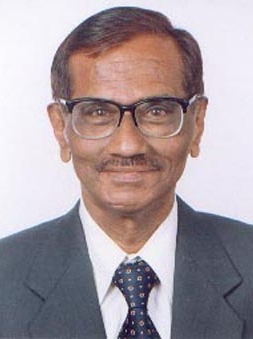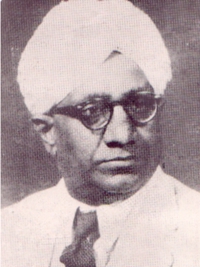Whereas tradition presents Buddha as the founder of the Buddhist community, it presents the Jina (Mahavira) rather as a reformer whose precursor, Parsva, has left a very persistent memory. The latter, it is said, flourished around 250 years prior to Mahavira. Parsva is reported to be son of Ashvasena, King of Benares. Born in this town he first lived there till the age of thirty. Then devoting himself to meditation and asceticism, he attained to the supreme knowledge, proclaimed the law, gathered around him numerous followers, men and women, monastics and laymen. At the end of seventy years he retired to a mountain of southern Magadha at Samet-Sikhar (hence named Parasnath), where he died after a rigorous fast of one month, leaving a circle of disciples. He is today very ardently venerated. Although his biography is conventional, strongly inspired, it seems, by that of Mahavira, most of the alleged facts appear probable. On the contrary, the years, the durations of lives traditionally assigned to twenty-two prophets who are supposed to have preceded Parsva are evidently related for amazing the understanding. Their historicity has, therefore, been considered very doubtful. However, it is tempting to allow the historicity of Neminatha (or Aristanemi), the twenty-second, who was a kinsman of Krsna (the Hindu hero and god); one speak of him as hailing from Kathiawar, and even today he is very popular in Gujarat; his career unrolled in the mountain of Girnar, where he attained Nirvana. As for other prophets their roles will be discussed further on.
That Parsva has been a historical personage may be deducted from specific, concrete details available about him, for example, an epithet according to which he was ‘agreeable to men’, that is to say, inspiring them. The Jain texts speak of his disciples, or ‘spiritual descendant’, and even a poem of Uttarajjhayadepicts the encounter of a follower of Parsva and an adept of Mahavira (which results in the conversion of the former).
The disciples of both the prophets are considered as the followers of Jainism. It is conceded that Mahavira took over and completed the doctrine which Parsva had elaborated; above all, and very precisely, he has substituted the fourfold discipline of his predecessor by the law which extols the observance of five vows and the practice of confession and repentance. Thus tradition explicitly calls upon to regards Mahavira as a bold reformer who had introduced new developments and a more lively sentiment of morality in principles to which adhered an already existing community: what is still better, tradition suggests that, while Mahavira converted numerous followers of Parsva to his views, he avoided breaking with all those who would not accept his doctrine. This is a remarkable attitude, undoubtedly less exceptional in India than in the West. Does it however carry the germ of the schism which took place some five centuries later among the Svetambaras and Digambaras?
 Bal Patil
Bal Patil
 Prof Dr. Colette Caillat
Prof Dr. Colette Caillat
 Prof. Dr. Adinath Neminath Upadhye
Prof. Dr. Adinath Neminath Upadhye
